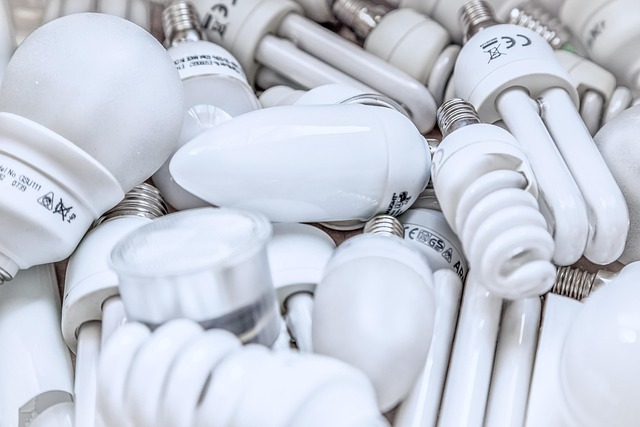For most people, plastic pollution evokes images of floating debris in tropical lagoons or the countless microfibres that end up in the last remaining pristine wilderness. Yet, behind those images lies an invisible chain of emissions that is tightening the grip of climate change. Each gram of plastic that is produced, transported, used, and ultimately discarded emits greenhouse gases at a rate that rivals the biggest industrial sectors. The cumulative effect of these emissions is now a critical component of global climate trajectories, demanding that it be treated with the same urgency as fossil fuel combustion.
The Carbon Footprint of Plastic Production
Plastics originate from petrochemicals, primarily derived from crude oil and natural gas. The conversion of these feedstocks into polymers—such as polyethylene, polypropylene, and polystyrene—requires intense heating and chemical reactions that release large amounts of CO₂, methane, and nitrous oxide. According to the latest estimates from the International Energy Agency, the plastic manufacturing sector alone accounts for roughly 1.8% of global CO₂ emissions. That figure is comparable to the combined output of all aviation and shipping fleets, underscoring the sector’s substantial contribution to the atmospheric greenhouse gas load.
- Primary production: Energy‑intensive polymerization processes.
- Secondary processing: Molding, extrusion, and finishing add additional emissions.
- Transportation: Over 40% of plastic commodities are shipped by sea or road, amplifying fuel use.
End‑of‑Life Pathways and Their Emission Dynamics
Once products reach the end of their useful life, their fate determines whether the embedded emissions are released or recycled. Landfilling is the most common outcome, with plastics often stored in anaerobic conditions that slowly release methane, a gas with a global warming potential many times higher than CO₂. In contrast, incineration burns plastics at high temperatures, converting most of the carbon into CO₂ but also generating toxic by‑products such as dioxins and particulate matter. The ocean, meanwhile, is an emerging hotspot for plastic debris that, through photodegradation and mechanical fragmentation, releases microplastics and associated trace pollutants into marine ecosystems. Although the direct CO₂ emissions from marine degradation are modest, the ecological damage indirectly fuels greenhouse gas emissions by disrupting carbon sequestration in mangroves and seagrass beds.
“When we consider the life‑cycle emissions of plastics, it becomes clear that disposal choices are as crucial as production choices in the fight against climate change,” says Dr. Elena Martinez, a climate scientist at the Global Environmental Institute.
Microplastics, the Atmospheric Bridge
Microplastics—particles less than five millimetres in diameter—have infiltrated the atmosphere, traveling thousands of kilometres from their source. They serve as condensation nuclei for cloud droplets, altering cloud albedo and potentially lengthening the lifetime of aerosols. These changes can influence regional temperature patterns, but the overall impact on radiative forcing remains uncertain and subject to ongoing research. In addition, microplastics can carry adsorbed greenhouse gases such as methane and nitrous oxide into the upper atmosphere, where they contribute to ozone layer depletion and further warming. Thus, plastic pollution is not only a terrestrial and marine issue but also a nascent component of atmospheric chemistry that intersects with climate dynamics.
Mitigation Pathways: From Circular Economy to Policy
The most effective strategy to curb the climate impact of plastic pollution lies in reducing the volume of plastic that ever enters the environment. Circular economy models—where materials are recycled, repurposed, or re‑manufactured—can cut production emissions by up to 70% in some cases. Biodegradable polymers offer a complementary solution, though they must be paired with proper waste management infrastructure to avoid mislabeling and inadvertent environmental release. Policymakers can accelerate these changes through extended producer responsibility (EPR) schemes, which shift the burden of disposal back to manufacturers, and through subsidies for green chemistry research. Finally, consumer behaviour—such as refusing single‑use items and favouring products with minimal packaging—can reduce demand and signal market preference for low‑carbon alternatives.
- Implement comprehensive EPR laws that cover all plastic products.
- Allocate research grants for alternative feedstocks like algae‑derived polymers.
- Introduce tiered plastic taxes that reward lower‑carbon packaging.
Integrating Plastic Emissions into Climate Agreements
Despite its significance, plastic pollution has not yet been fully integrated into the global climate negotiation framework. The Paris Agreement’s Article 6, which focuses on market mechanisms and voluntary carbon offsets, provides an opportunity to treat plastic life‑cycle emissions as a tradable credit. By quantifying the avoided emissions from a single plastic product diverted from landfill into a recycling stream, stakeholders can generate tangible carbon benefits that feed into national greenhouse gas inventories. Such an approach would create a financial incentive for both producers and waste collectors to adopt more sustainable practices, turning the fight against plastic pollution into an integral part of climate strategy.
Looking Forward: The Road to a Low‑Carbon Plastic Future
The intersection of plastic pollution and climate change represents a tipping point where urgent action can yield co‑benefits for both environmental and atmospheric health. By tightening global regulations, investing in green technologies, and fostering a cultural shift towards waste reduction, the world can significantly lower the emissions embedded in every plastic item. When the life‑cycle carbon intensity of plastics is cut below the threshold of fossil fuels, the sector can be re‑envisioned as a sustainable, circular system rather than a source of escalating emissions. The challenge is formidable, but the science is clear: addressing plastic pollution is not merely a matter of protecting ecosystems; it is an essential component of the broader climate agenda.


